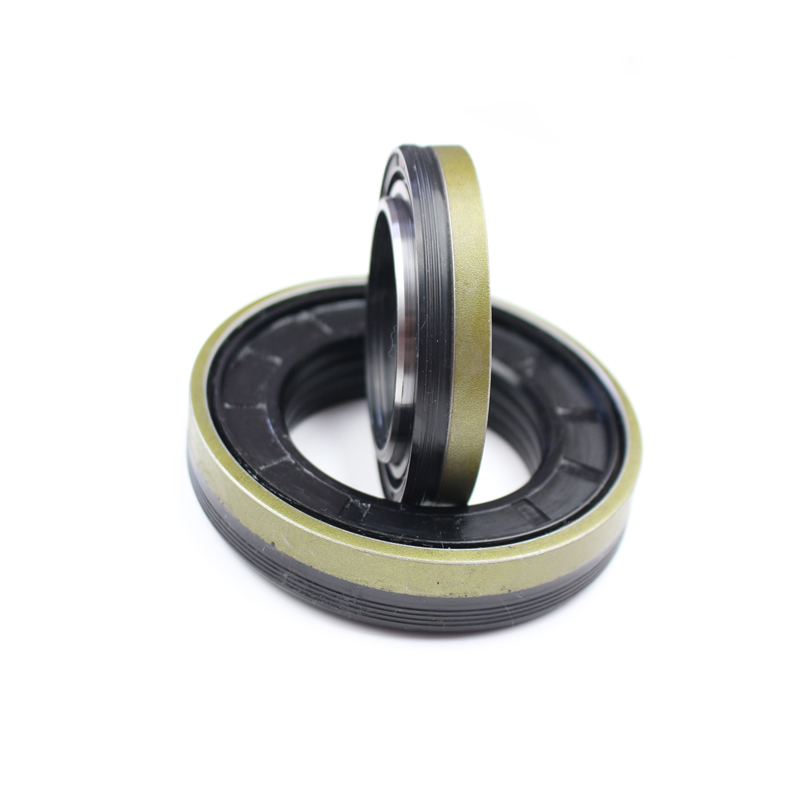power steering cap seal
Understanding Power Steering Cap Seals
Power steering is an essential component of modern vehicles, making it easier for drivers to maneuver their cars with minimal effort. One of the critical but often overlooked components of the power steering system is the power steering cap seal. This small but significant part plays a crucial role in maintaining the efficacy and durability of the power steering system.
What is a Power Steering Cap Seal?
The power steering cap seal is a rubber or synthetic seal that fits snugly around the cap of the power steering reservoir. Its primary function is to prevent fluid leaks from the reservoir. The seal ensures that the hydraulic fluid, which operates the power steering system, remains contained within the reservoir, preventing contamination and maintaining the appropriate fluid levels.
Importance of the Power Steering Cap Seal
1. Fluid Retention The main role of the cap seal is to keep the hydraulic fluid in check. Power steering systems rely heavily on this fluid to assist in steering. If the fluid leaks out due to a faulty seal, the system may not function correctly, leading to steering difficulties and potential vehicle instability.
2. Contamination Prevention A compromised seal can allow dirt, debris, and moisture to enter the system, contaminating the power steering fluid. Contaminated fluid can lead to serious problems, including reduced lubrication, increased wear and tear on components, and even complete power steering failure.
3. Performance Optimization With a functioning power steering cap seal, the power steering system operates more efficiently. This efficiency translates into a smoother driving experience, as the system can effectively transmit the necessary hydraulic power to the steering mechanism.
Signs of a Failing Power Steering Cap Seal
power steering cap seal

Identifying issues with the power steering cap seal is crucial for maintaining vehicle safety and performance. Here are some common signs of failure
- Fluid Leaks One of the most apparent indicators of a faulty cap seal is the presence of power steering fluid leaking from the reservoir. If you notice fluid pooling under your vehicle or around the reservoir, it’s essential to inspect the seal promptly.
- Difficulty Steering If the driver experiences increased resistance while turning the steering wheel, this might indicate low fluid levels due to a compromised seal allowing fluid to leak out.
- Strange Noises Whining or groaning noises when steering can be another sign of fluid shortages related to leaks, often originating from a failing cap seal.
Replacement and Maintenance
Maintaining the integrity of your power steering cap seal is vital for the overall health of your vehicle’s steering system. If you suspect that the cap seal is failing, it is advisable to consult a professional mechanic. Replacement is typically straightforward and involves removing the old seal and installing a new one, ensuring that the power steering fluid remains sealed.
Regular checks of fluid levels and the cap seal condition can save drivers from costly repairs down the line. A small investment in time and effort can lead to greater functionality and longevity of the power steering system.
In summary, the power steering cap seal, while small, is a vital component of the power steering system. Ensuring its proper maintenance is essential for safe and effective vehicle operation. Don't overlook this important part; taking care of it can enhance your driving experience significantly.
-
The Ultimate Guide to Car Repair Kits: Tools and Essentials Every Driver Should Own
News Aug.01,2025
-
The Complete Guide to Oil Pan Gaskets: Sealing Engine Leaks the Right Way
News Aug.01,2025
-
Preventing Oil Leaks: A Complete Guide to Oil Pan Gaskets and Drain Seals
News Aug.01,2025
-
Everything You Need to Know About Oil Pan Gaskets and Drain Plug Seals
News Aug.01,2025
-
Essential for Car Owners: How to Use a Car Repair Kit to Deal with Minor Breakdown
News Aug.01,2025
-
Comprehensive Guide to Engine Oil Sump Gaskets and Related Seals
News Aug.01,2025
-
The Ultimate Guide to Boat Propeller Bearings and Trailer Wheel Bearings
News Jul.31,2025
Products categories















